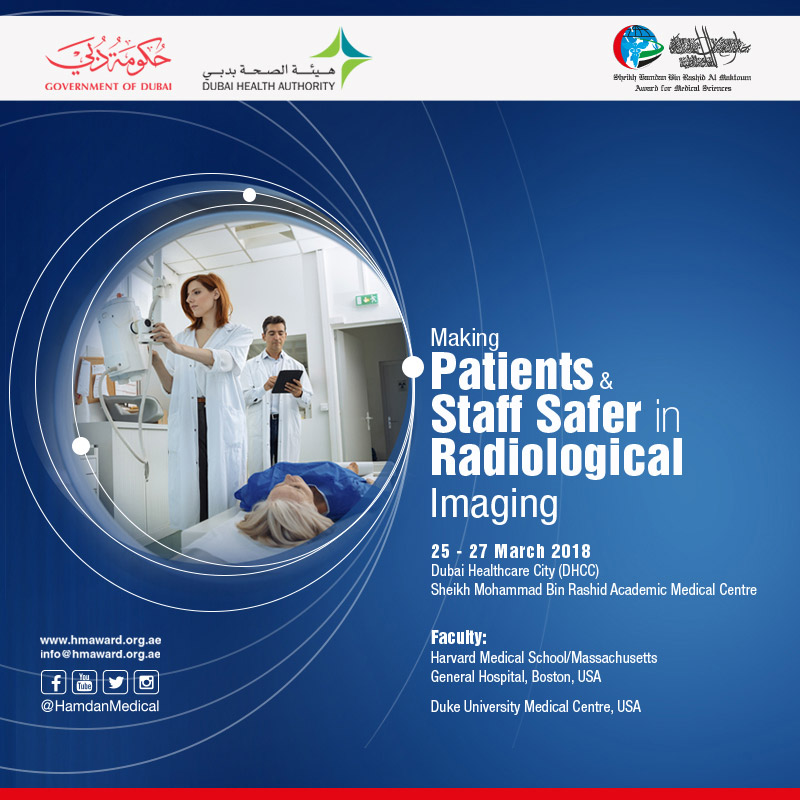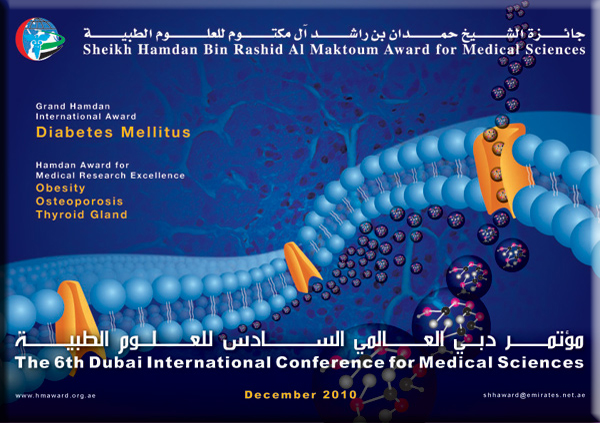

Type 2 diabetes mellitus (T2DM) is one of the most common chronic diseases and affects more than 6% of the world’s population. The prevalence of DM is on the increase in many parts of the world and has been estimated to reach 300 million by the year 2025 [International Diabetes Federation Diabetes Atlas 2006]. This has been attributed to rising prevalence of obesity due to an abundance of food and chronic lack of exercise, acting on genetically susceptible individuals. Type 1 diabetes mellitus (T1DM) is also on the rise.
Inevitably, the rising prevalence of T2DM and T1DM will lead to high rates of cardiovascular disease, stroke, blindness, amputations, and other complications. Many questions about development of diabetes and its complications remain unanswered. For example, not all individuals are equally susceptible to diabetes or its complications. Differences in the genetic make-up of people, and perhaps differences in early-life conditions, must account for this. Finding genes or other markers associated with the development of diabetes and its complications potentially offers avenues for improved screening, diagnostics, and therapeutics.
Other unanswered questions include whether intensive glycemic control can reduce the increased risk of cardiovascular disease events. Future treatment of type 1 diabetes may involve prevention of autoimmune destruction of beta cells. Studies of animals with spontaneous autoimmune diabetes have revealed that auto reactive T cells that mediate islet beta cell destruction can be manipulated by the administration of Th(2) cytokines. By using gene delivery to express the targeted protein the need for frequent administration of cytokines, on account of their short half-lives, can be overcome. Use of peripheral blood hematopoietic stem cell transplantation for newly diagnosed T1DM may prove to be another way of treatment of diabetes.
Optimal diabetes care is also complex and requires that many issues be addressed. While numerous interventions to improve adherence to the recommended standards have been implemented, the challenge of providing uniformly effective diabetes care has thus far defied a simple solution.
More effective strategies to improve diabetes care need to be researched and implemented.
Obesity is a major contributing factor in various diseases and is an important health problem in UAE and the developed world in general.
Current epidemiological data suggest prevalence of up to 28% in men and 36.5% in women in some European countries indicating that obesity has epidemic proportions. Obesity represents a complex trait in which metabolic and molecular consequences emerge from interactions of genes and environments. The changes in human fat in obesity have not been completely understood, although the abnormal metabolism of adipose tissue is increasingly seen as playing a critical part in excessive weight gain. It has been very difficulty to decipher which molecular and metabolic changes associated with obesity are the result of becoming obese, and which might contribute towards the acquisition of obesity in humans. Adipose tissue is a key player in obesity-related metabolic dysfunctions, and is closely linked to other peripheral organs that control energy flux.
To understand the pathogenesis of adipose tissue dysfunction at a molecular level, expression array studies on human adipose tissue have shown that the various inflammatory pathways are activated in obesity and are down-regulated following weight loss.
The major inflammatory cells in fat are macrophages of different subtypes which scavenge adipocyte debris from necrotic cells. Paradoxically in obesity, macrophage-secreted factors may result in impaired adipogenesis. Impaired genesis and defects in mitochondrial energy metabolism in subcutaneous adipose tissue have been suggested to shift lipid storage into ectopic insulin-sensitive tissues such as the liver, skeletal muscle, and pancreas, resulting in severe insulin resistance. Molecular pathways related to aberrations in adipocyte differentiation in obesity remain unknown.
Obesity-related gene expression variations in fat are influenced by complex interactions of genes and the environment, the contributions of which are difficult to differentiate.
There have been new discoveries in the regulation of weight loss by the stimulation of carnitinepalmitoyl-transferase-1 (CPT-1). FAS89B was characterized in vitro as a selective inhibitor of brain CPT-1 and produced in vivo results in mice of decreased feeding for three days and persistent weight loss of six days, with no evidence of conditioned taste aversion. Of particular importance is childhood and adolescence obesity. Physical inactivity in adolescence strongly and independently predicts total and especially abdominal obesity in young adulthood, favoring the development of a self-perpetuating vicious circle of obesity and physical inactivity.
Pediatric obesity is not limited to industrialized countries; developing countries report an increasing prevalence also. Psychosocial and economic problems are also associated with pediatric obesity. Obesity impairs physical function and quality of life, causes premature death and involves significant costs in health care services. The epidemic of pediatric obesity cannot be explained by genetics alone or environment alone. Generally, obesity aggregates in families; high birth weight, maternal diabetes, and obesity in family members al are risk factors.
Obesity can be established through an interaction of more than 250 different genes, but the obese phenotype comes from gene-environment interactions.
In 2010, Sheikh Hamdan Awards for Excellence in Medical Research will acknowledge important contribution in our understanding of epidemiology, genetics, pathogenesis or prevention/treatment of obesity.
Osteoporosis is characterized by the loss of bone mass and strength that leads to fragility fractures in particular during aging. The concept that there are two forms of osteoporosis, one related to estrogen deficiency at the menopause and the other to calcium deficiency and aging of the skeleton has been replaced by the current concept that osteoporosis represents a continuum, in which multiple pathogenetic mechanisms converge to cause loss of bone mass and microarchitectural deterioration of skeletal structure. Epidemiologic studies suggest that sex hormone-binding globulin (SHBG), the major binding protein for sex steroids in plasma, may have an effect on bone loss and fracture risk. While estrogen can act on cells of the osteoblastic lineage, its effects on bone may also be dependent on actions on cells of hematopoietic lineage, including osteoclast precursors, mature osteoclasts, and lymphocytes. Local cytokines and growth factors may mediate these effects.
The concept that stimulation of bone resorption requires an interaction between cells of the osteoblastic and osteoclastic lineages was put forward but its molecular mechanism was only identified recently. Three members of the TNF and TNF receptor superfamily are involved; osteoblasts produced RANKL, a ligand for the receptor activator of NK-kB (RANK) on hematopoietic cells and osteoprotegerin a decoy receptor that can block RANKL/RANK interactions. The RANKL/RANK interaction is critical for both differentiation and maintenance of osteoclast activity and hence represents a final common pathway for any pathogenetic factor in osteoporosis that acts by increasing bone resorption.
The recent discoveries of signal transduction pathways and transcription factors critical for osteoblasts differentiation and function have opened up new approaches to understanding the pathogenesis of osteoporosis. Further, the concept was put forward that locally produced cytokines such as IL-1 and prostaglandins such as prostaglandin E2 (PGE)2 can affect bone. The possibility that these factors might also be involved in the pathogenesis of osteoporosis is based largely on animal studies; however, there is evidence that polymorphisms of IL-1, IL-6, TNF-, and their receptors can influence bone mass in humans.
Prior to the introduction of BMD measurements, the diagnosis of osteoporosis was only made when fragility fractures occurred, BMD helps to diagnose osteoporosis and osteopenia before fractures occur. While low BMD is an important risk factor, many other factors have been identified in epidemiologic studies, including, age, low body weight and smoking.
At present the therapy of osteoporosis is directed at the major pathogenetic mechanisms with a strong emphasis on prevention of bone loss and fractures. Pharmacotherapy for osteoporosis has been focused mainly on interventions that could reverse the second pathogenic mechanisms, excessive bone resorption.
While improvements in diagnosis and therapy are important, it is equally true that tools are developed to assess fracture risk and prevent or treat osteoporosis to reduce that risk.
Sheikh Hamdan Award for Excellence in Medical Research for 2010 will recognize an important achievement in better understanding of pathogenesis and/or significant contribution to diagnosis and therapy of this important disorder.
Thyroid cancer is the most common endocrine malignancy. Papillary thyroid cancer and follicular thyroid cancer are classified as well-differentiated thyroid cancers.
The transformation of normal tissue to a cancer is a multistep and multifactorial process in which numerous factors have been implicated including environmental exposure, loss of tumor suppressor genes and chronic inflammation. Chronic inflammation, leading to neoplastic transformation, is a well-established phenomenon. Inflammation elicits an immune response with activation of chemokines/cytokines and growth factors leading to damage of surrounding stromal cells. This cycle of repeated cellular damage and subsequent healing alters stromal elements contributing to genetic alterations, inappropriate cell proliferation and subsequent neoplastic transformation.
Hashimoto’s thyroiditis is an autoimmune inflammatory disease characterized by widespread lymphocyte infiltration, fibrosis and parenchymal atrophy. Alternations in cell signaling pathways with subsequent loss of cell cycle control mechanisms have been implicated in neoplastic transformation. Interestingly there is recent evidence of an increased incidence of well-differentiated thyroid cancers associated with Hashimoto’s thyroiditis. In a study to determine the diagnostic value of molecular imaging in nodal staging of patients with thyroid cancer, researchers using a hybrid single photon emission computed tomography-computed tomography (SPECT-CT) camera were able for the first time to accurately distinguish between cancerous cells in regional lymph nodes and normal residual thyroid tissue directly after surgery.
Malignant and benign cells have distinct genetic patterns or "signatures" that clearly delineate one from the other. Scientists have only been able to test tissue for one or a few genes at a time -- slowing down research and making gene-based diagnosis impractical. The breakthrough technologies developed over the last decade mean pathologists and other experts can now comb through a cell's genome at great speed, using RNA. Microarray-generated "gene expression profiles" from fine-needle aspirates identified 25 differently expressed genes that helped distinguish malignant from benign growths. Due to the role in cell-cell communication and in the etiology of many diseases, Guanine nucleotide binding protein-coupled receptors (GPCRs) continue to be prime targets for drug discovery. GPCRs localize to the cell membrane where they bind a wide and diverse range of ligands, including neurotransmitters, hormones, growth factors, synthetic compounds, and other molecules that affect intracellular signaling cascades.
The intracellular domains of GPCRs associate with heterotrimeric G proteins, which serve to translate the conformation changes in the ligand-bound GPCRs to a discrete cellular response. GPCRs comprise one of the largest families of proteins in the human genome and are a target for 40% of all approved drugs. GPCRs have unique structural motifs that allow them to interact with a wide and diverse series of extracellular ligands, as well as intracellular proteins, G proteins, receptor activity-modifying proteins, arrestins, and indeed other receptors. This distinctive structure has led to numerous efforts to discover drugs against GPCRs with targeted therapeutic uses. Such “designer” drugs currently include allosteric regulators, inverse agonists, and drugs targeting hetero-oligomeric complexes.
Moreover, the large family of orphan GPCRs provides a rich and novel field of targets to discover drugs with unique therapeutic properties. The numerous technologies to discover GPCR drugs have also greatly advanced over the years, facilitating compound screening against known and orphan GPCRs, as well as in the identification of unique designer GPCR drugs. Heterogeneous pathology of thyroid gland is of obvious importance for both developed and developing world.
To acknowledge the research effort in this field, Sheikh Hamdan Awards for Excellence in Medical Research will award contribution which significantly enhanced our understanding and/or prevention and therapy.